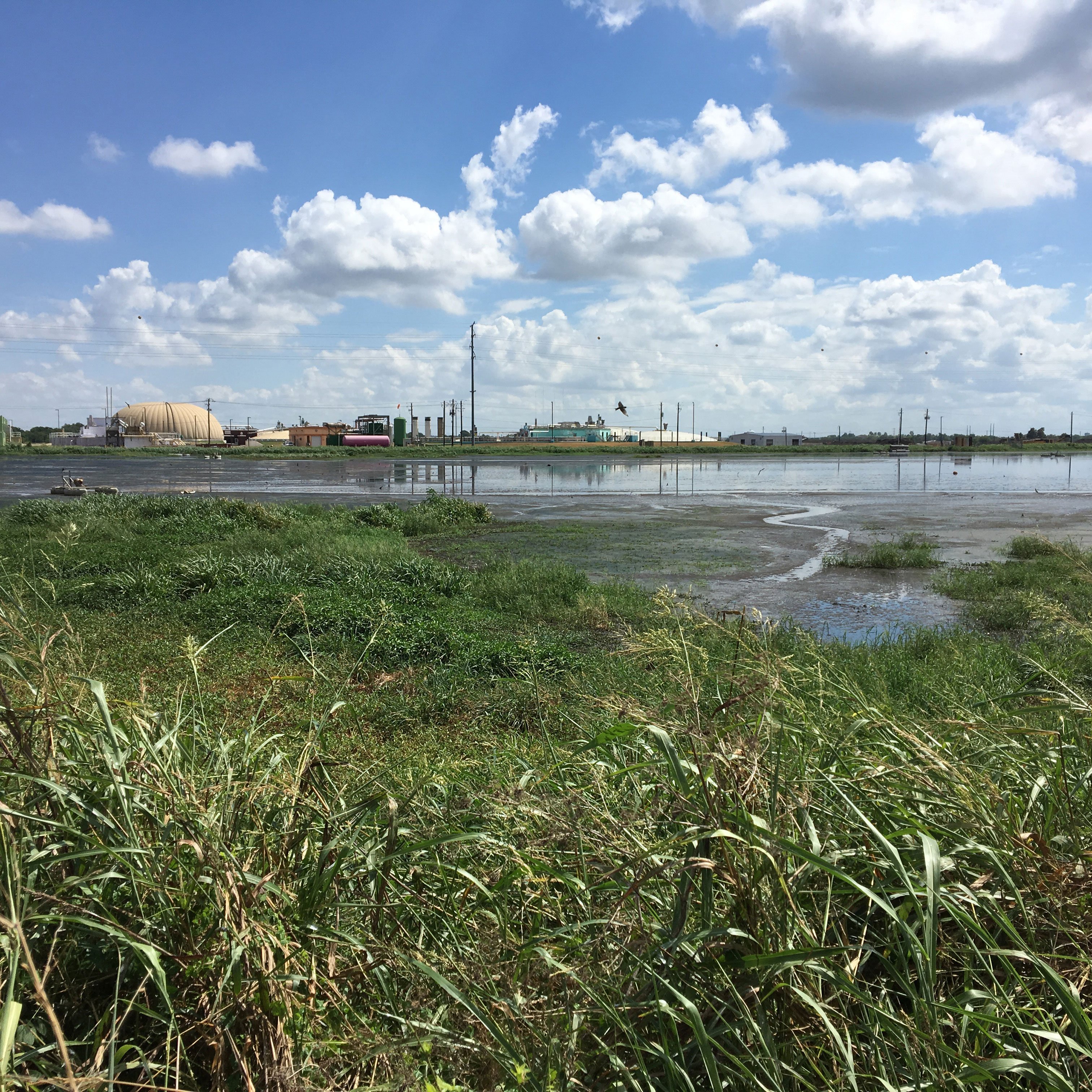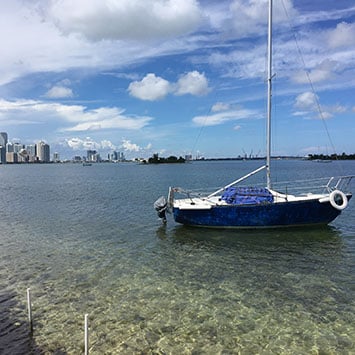Birds of a Feather Flock to Sewage | Austin
A sewage treatment facility becomes a birding hotspot.
Birdwatchers seem oblivious to the sights – and smells – of sewage treatment at the Hornsby Bend Biosolids Management Plant in Austin, Texas.
Each year, thousands of bird enthusiasts from around the world flock to Hornsby Bend, or “Poopland,” as Austin Water Center for Environmental Research Coordinator Kevin Anderson calls it. This is where all of the city’s sewage solids are recycled – nearly 1.5 million gallons each day.
While this sewage sludge process might sound disgusting to people, the birds don’t seem to mind. More than 360 species have been documented on-site since the facility’s grounds opened to the public in 1959.
“You can go look at birds at parks and preserves, but at Horsnby Bend, you’re also looking at these processing units for your own poop,” Kevin Anderson said. “And that those two things come together is something that the birdwatching community has come to recognize.”
Before Austin’s sewage solids arrive at Hornsby Bend, they are filtered at the city’s two wastewater treatment plants. The solid waste, or “sewage sludge,” is then piped to Hornsby Bend, where it’s thickened and extracted in anaerobic digesters.
“The treatment process for the sewage sludge takes about a month in those digesters,” Anderson explained. “It comes out a belt press and forms the world’s largest Hershey’s Kiss.”
Once the biosolids are extracted, the remaining liquid is guided into three, manmade, wastewater treatment ponds. And this is where the birds gather.
The birds are at the top of a food chain, which is actually recycling the water in the ponds.
At the bottom of that food chain are microorganisms, which gobble up the bacteria in the ponds. Those microorganisms in turn feed larvae, worms, and insects, many of which provide food for migrating birds.
“This is like a café for those birds,” Anderson explained. “In addition, Hornsby Bend is on the central flyway for North American bird migration, so during the fall or the spring, birds are coming through, and they look down below and see the café and stop for a meal. Some of those birds find it so good that they stay.”
Despite permeating odors that occasionally linger over the ponds, eager birders have been known to sometimes even plunge into the muck for a closer view of goldeneyes and other waterfowl.
While the liquid waste is recycled in the ponds, the solids are processed on the other side of Hornsby Bend.
Biosolids are combined with yard waste to create a fertilizer that is packaged as Dillo Dirt. The people of Austin can purchase Dillo Dirt to use on their lawns and home gardens.
In addition, a portion of the biosolids are used at Hornsby Bend’s on-site, 550-acre hay farm.
For Kevin Anderson, Hornsby Bend offers an interesting case study in how humans and nature can coexist in cities.
“This site isn’t managed in a traditional way of protecting nature; it’s working with it,” Anderson explained. “That collaborative effort leads to opportunities for organisms that a typical park or a preserve wouldn’t have, and Hornsby Bend is an example of the opportunities that are there for other organisms in a city. So what kind of nature is this? These anthropogenic systems are all around us, and urban nature in particular is where that question comes most to the point. The unintended consequence is that it became attractive to birdwatchers.”
— Sean Keenehan






